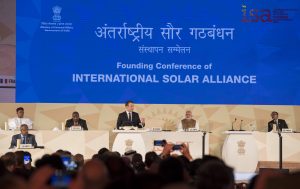by Sebastien Roblin

Here's What You Need to Remember: India is a democracy with all the messy internal political deliberations that implies—it’s not about to launch a massive surprise invasion of the Himalayas. A well-managed de-escalation wouldn’t have to carry a huge political cost.
While many of us remain mesmerized by the unfolding shambles in the Middle East, the world’s two most populous countries have gotten into a tiff over missiles. And I’m not referring to the ballistic kind for once.
“India deploying supersonic missiles on the border has exceeded its own needs for self-defense and poses a serious threat to China’s Tibet and Yunnan provinces,” complained the People’s Liberation Army Daily. “The deployment of BrahMos missile is bound to increase the competition and antagonism in the China–India relations and will have a negative impact on the stability of the region.”













/cloudfront-us-east-1.images.arcpublishing.com/mco/UKHBF5ELIBBQJBVHXGEUYNQSII.jpg)
